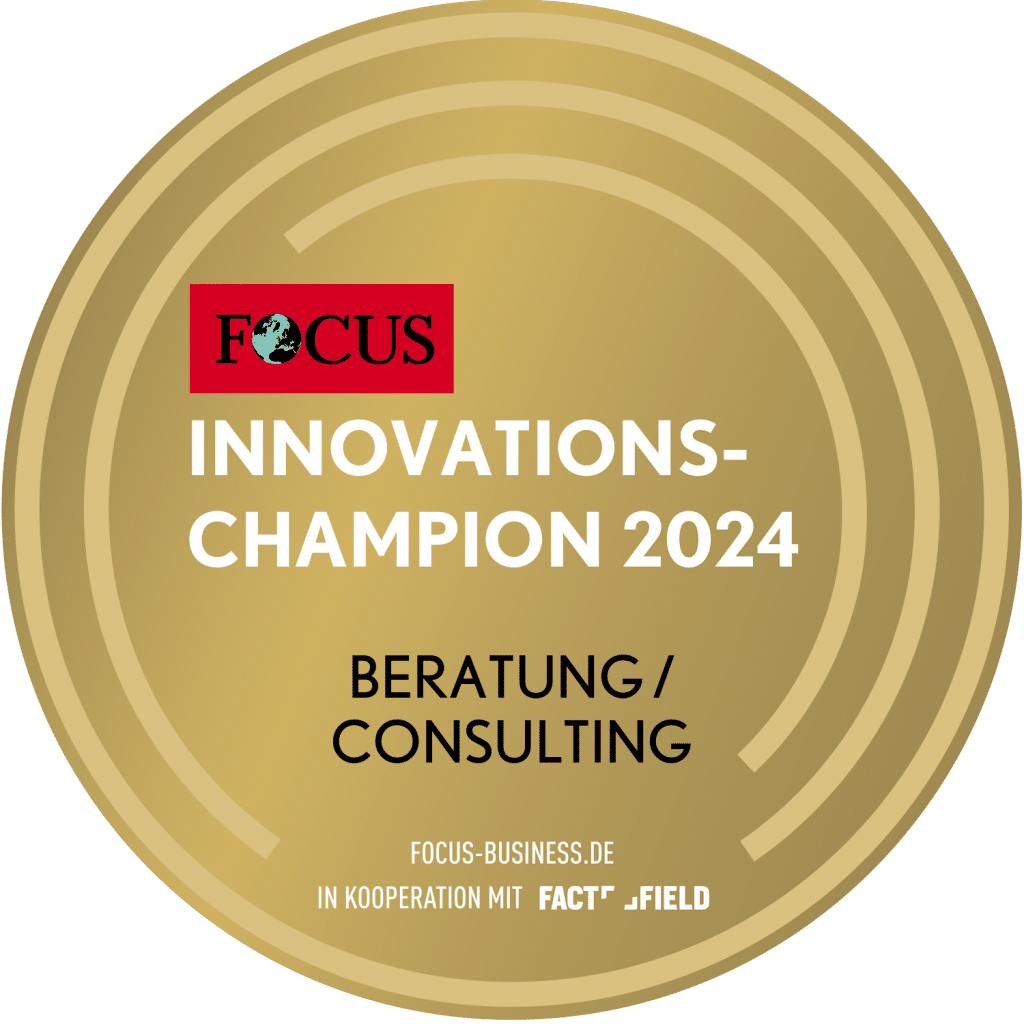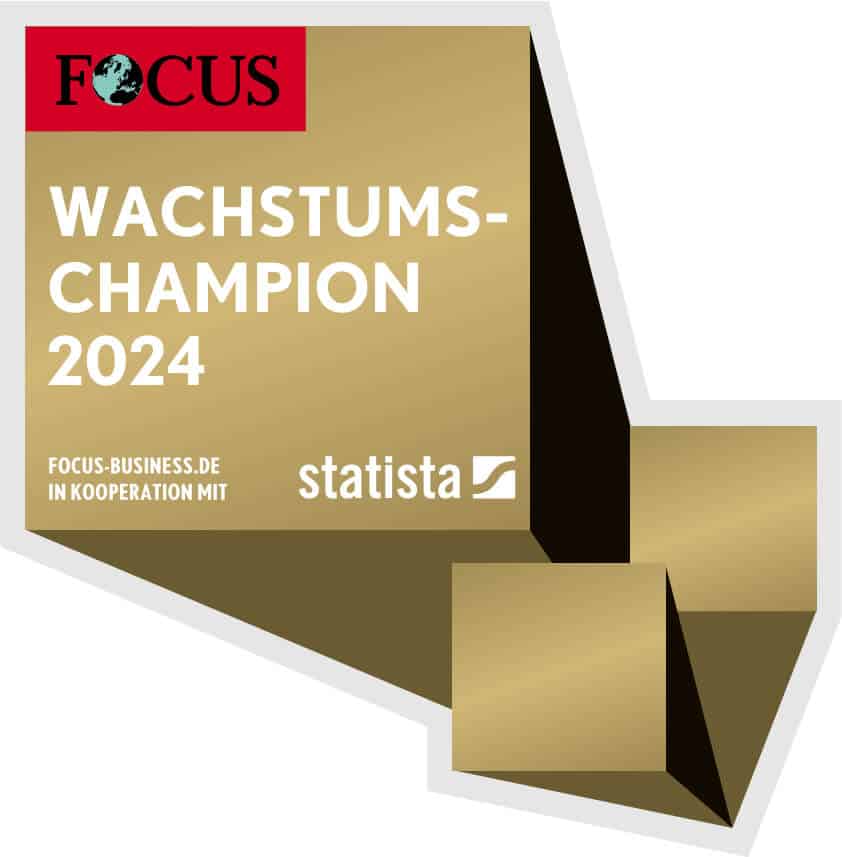Due to the large number of technical innovations and trends, it is becoming increasingly difficult for companies' product development and engineering departments to manage change. Many trends require new business capabilities. trend2ability is a method that helps companies to keep track of the mass of trends and to tackle the important steps in the right order.
Engineering and product development face difficulties
The multitude of trends and technical developments is leading to an exponential increase in the need for change in companies. Predictions are becoming increasingly difficult. Planning is quickly overtaken by new boundary conditions. Companies are increasingly reaching their limits in structuring the need for change. This particularly affects product development and engineering.
Reasons for the great need for change
Why is that the case? First of all, the products have changed: Whereas in the past they were only mechanical products with some electrics and electronics, the proportion of software and electrics/electronics in the added value of most products is increasing more and more. Product development can no longer do without IT. Car manufacturer are leading the way in terms of the proportion of value added to the end product. However, traditional machine and plant manufacturers are also continuously increasing their share. AI (Artificial Intelligence) will further accelerate this development.
In addition, more and more high-tech materials are being used in products. Additive manufacturing makes it possible to produce geometries that were previously impossible. Mass customization and Predictive maintenance enable new business models that need to be supported by engineering. The Digital TwinThe possibility of virtual validation and, last but not least, agile methods for product development are fundamentally changing the way companies develop.
In order to implement all these developments and trends, companies and their product development departments need new skills, so-called Business Capabilities.
Deriving capabilities from trends
With "trend2ability", we have developed a method for deriving the required business capabilities from the trends relevant to a company. For the area of product development/engineering, we primarily look at technical and IT trends, but also megatrends such as individualization, neo-ecology and connectivity. In addition, trends such as Agility and the use user-centered methods relevant.
If the influence of the trend on relevant processes in the company is high and the discrepancy between the status in the company and the state of the art is significant, the trend and the influenced process are examined in more detail. Trends for which there are no corresponding capabilities in the company yet require special consideration.
Capabilities for the mass customization trend include the ability to build a platform strategy and modularize products. The company must also be able to integrate the customer into the development process and use user-centered methods in the development process. The ability to configure variants is also a basic requirement.
The business capability could be described in detail as follows, for example:
Product Development would like to use variant configuration within Product Lifecycle Management (PLM) for all development areas and all products across the entire product development process and thus carry out interactive configuration simulations.
If a maturity analysis is now carried out for the business capabilities identified, the company is able to determine where the most urgent need for action exists. Capabilities that are required for different business capabilities are generally more important for a company. After prioritizing the capabilities, a roadmap can be derived, which then forms the basis for project and program planning.
Conclusion: Deriving business capabilities in a targeted manner
trend2ability is the method that helps companies to keep track of the multitude of trends and to tackle the important steps in the right order. We use the method in various sectors. We have developed special content and templates for companies in the manufacturing industry and their product development departments, which we use to help our customers reach their goals quickly and efficiently.
(Cover image: © tashatuvango | AdobeStock)


